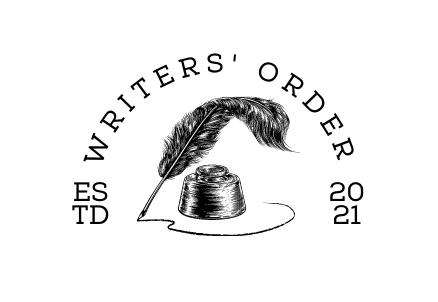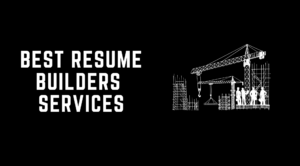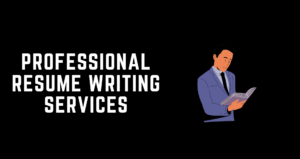You have to be the change to bring the change.

How to Write Your Artist Statement
Our content is reader-supported. We may earn a commission if you make a purchase through one of our links.
Putting the visual work in phrases is indeed a challenging task for many artists and creators. From everything ranging from contracts to portfolios, prose seems like a necessary evil. But as arduous as it may seem, writing an artist statement is absolutely essential to your career. And as it happens, not writing one is one of the top 3 mistakes you’d make when selling art online.
The artist statement should quickly outline the designer’s process and the meaning of their work. The general standards for an artist statement are a hundred words and no longer than a page. It can be used for art portfolios, registrations, entries, exhibitions, and media references. It is critical to remember the following when writing about your art.
Sketch a Mind Map of Your Ideas
It would be better if you had a perspective of your task beforehand. You can end up overlooking linking the readers to broader ideas if you try to get straight to the conclusion. Mind maps are a basic but effective brainstorming technique.
It may appear ridiculous or as if you have returned to primary school, but it is conventional for a reason. However, mind mapping cannot always be sufficient as you may get stuck between the same words repeatedly. It may be challenging to break free from one’s thoughts.
Another option is to conduct your interview or, better, ask a companion to help you out. This is a great technique to prevent using complex terminology and retain simplicity in the concept.
This will also give your article a more neutral tone. Listen to the interview again. After that, write down some good sentences.
Avoid Using Jargon
It is crucial to check for professional terminology. Artists frequently use unnecessary and imaginative words.
Some artists believe that embellishing language is necessary to justify their work, yet this frequently has the reverse effect. The more the terminology utilized, the far more vulnerable the task appears.
Find a technique to lead the spectator into the art rather than discussing it in philosophical terms. The declaration is a ploy to pique the audience’s confidence, not a reflection of the art. It is more like a cliffhanger. Since this is the executive summary and not a novel, the prose should entice the readers to explore the artwork. A well-written artist statement will eventually help you reach the top in online art galleries.
Use the “Active” Voice when Writing
When you write using the active voice, you achieve a few objectives. It helps you to register as quickly as possible and stay in the moment with your work.
This gives it a sense of being current, relevant, and essential, which is very useful when submitting for scholarships or internships. It also provides the impression that the task is still being done rather than having been completed.
You want to improve the content as much as feasible before giving it to a reviewer. There are a couple more valuable tactics after putting the prose through an Editor. Take a rest, go for a stroll, or sleep for a while. Then go back and read it all over again.
A text-to-speech program might also help read it out loud. When you hear a robotic voice instead of your voice, you are more likely to realize mistakes. Grammatical faults, an unusual tone, or a weak sentence arrangement become apparent.
Furthermore, think about the sequence in which your paragraphs appear in your assertion. All the suggestions mentioned earlier combined can help you formulate a compelling and professional art statement.



